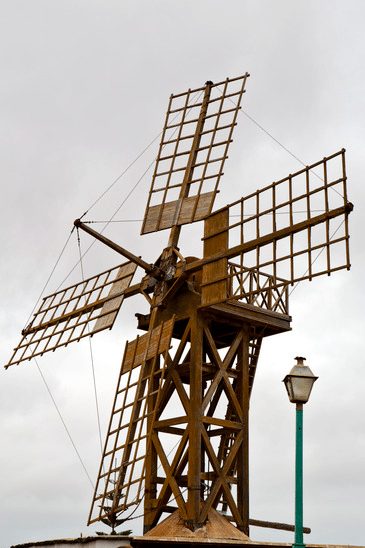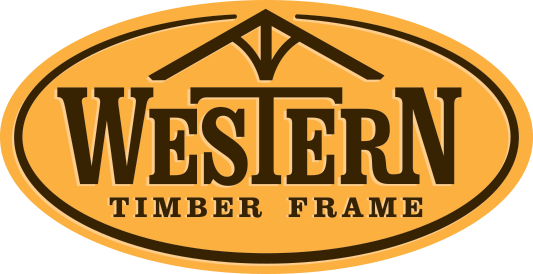Another Look at the Amazing Resilience of Timber Frame
 Over the past fifty years, extensive research and wind force data has been collected for improving architectural designs, determining the seismic flexibility and wind loads upon structures. Standards for building codes have continued to change and improve to ensure the safety of structures in prevalent earthquake and high wind areas.
Over the past fifty years, extensive research and wind force data has been collected for improving architectural designs, determining the seismic flexibility and wind loads upon structures. Standards for building codes have continued to change and improve to ensure the safety of structures in prevalent earthquake and high wind areas.
Properly seasoned, well designed timber framing with the mortise and tenon joint system has been proven again and again to be one of the most architecturally responsible materials available in its ability to stand against greater wind loads as well as having amazing seismic resilience. Timber will not deteriorate, corrode or rust like steel nor will it have the tendency to crumble like concrete. Concrete weighs four times as much as timber of the same thickness. Timber also meets the structural highway safety standards of HL-93 and AASHTO HS20-44 required in energy absorbent properties for building safe vehicular bridges where there is continuous traffic. Timber has been used reaching down through the centuries of time as memorials of its beauty and endurance. The Yangmeizhou, Luanfeng and several other beautiful 1,000 year old timber frame bridges built in China stand as a stunning examples of this, all built by hand with using the mortise and tenon system. Bridges are the finest example of timbers ability to withstand against wind load. Timber framing is also long lasting and durable as well. There are numerous beautiful testaments of the endurance of timber framing found all over such as this timber frame home in Switzerland.
Inelastic materials use artificial plates and kinematic mechanisms to compensate for rigidness against seismic movements. These artificial mechanisms are meant to help guard against the wear of plate impact, spalling and vapor bubbles subjected to localized low-pressure.
Timber is marvelous and does not need the help of artificial mechanisms to dampen out resonate frequencies to maintain its integrity. This integrity is shown in timber framing dating back hundreds of years that have allowed for wide-open spaces, cathedral ceilings, commercial construction, great rooms and more. The oldest recorded man made structure in the world is said to be four timber frame wells recently discovered near Leipzig, Germany.
In 2005, Hurricane Katrina hit New Orleans on the Louisiana and Mississippi border destroying hundreds of homes in its devastating wake. A few of the homes left with structure enough to rebuild were timber frame homes. Some home owners having seen their conventionally built homes literally blown away and witnessing the timber frames that survived the force of the hurricane chose to rebuild using timber framing for the construction of a new home.
Timber naturally has the ingrown ability to withstand against all different types of stresses such as tension, compression and deflection. The Lumberman’s Poet written by Douglas Malloch explains timber's source of strength eloquently: Good timber does not grow with ease: The stronger wind, the stronger trees. The properties as well as the mortise and tenon dovetail joint system utilized in timber framing is what makes timber frame structures that last through generations.
There has been a push towards going green with not only more economical construction but proven architectural construction using timber and timber framing. Holland is famed for its beautiful ancient wooden windmills and wind turbines. Wind is much stronger at higher altitudes than it is closer to the ground. For a wind turbine to create more power it needs much greater heights, which most often means placing them on top of a tower.
In more recent years wind turbines have mostly been constructed from steel, which is more expensive to process and produce. For instance, Timber Tower a German based company has made a 1.5-MW wind turbine in Hannover, Germany. This wind power tower out of timber and wood is up to 200 meters tall, just a bit higher a 60 story high building. Their wind power towers are hollow inside with multiple sides and cross sections. One their main reasons for using wood is that is it more cost effective than steel. Timber is also naturally more elastic against great winds over inelastic materials such as steel and cement. To learn more about timber's amazing ability too withstand against wind loads click here.



Leave a Comment